Filters
Download definitions (PDF) Case source list Model cases
Model cases
 National programme
National programme
-
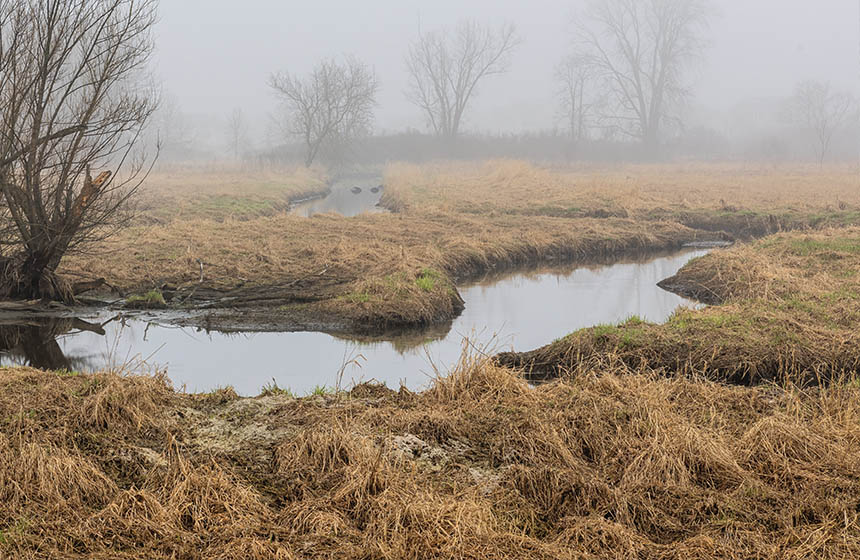
Peatland restoration to protect water supplies in the Garron Plateau
Activities to restore the Garron Plateau containing the largest area of peat bog in Northern Ireland began in 2010 after 95% of the bog had been degraded.
- Management
- Restoration
United Kingdom -
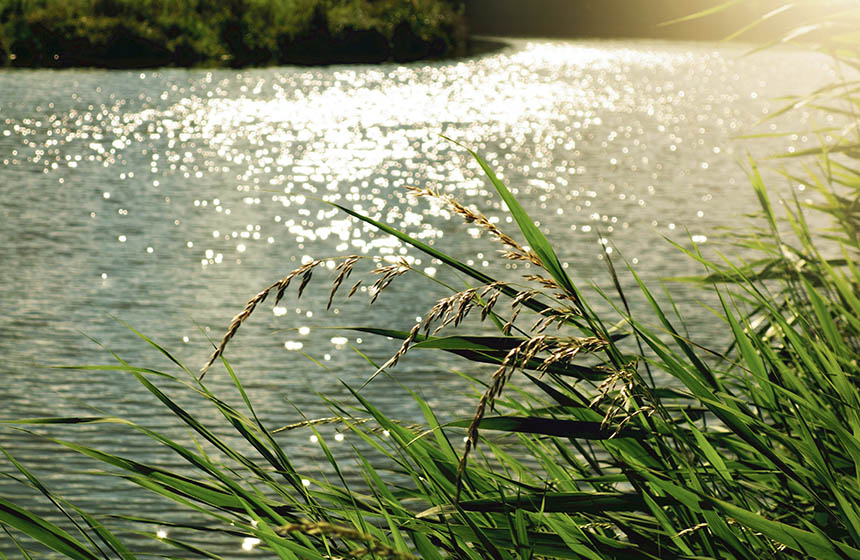
River restoration for natural flood management in Eddleston Water
The restoration of a straightened river included re-connecting the river to its surrounding floodplain and creating storage ponds and small wetlands. These measures aimed to improve natural flood management of the catchment while also restoring biodiversity.
- Created habitats
- Restoration
United Kingdom -
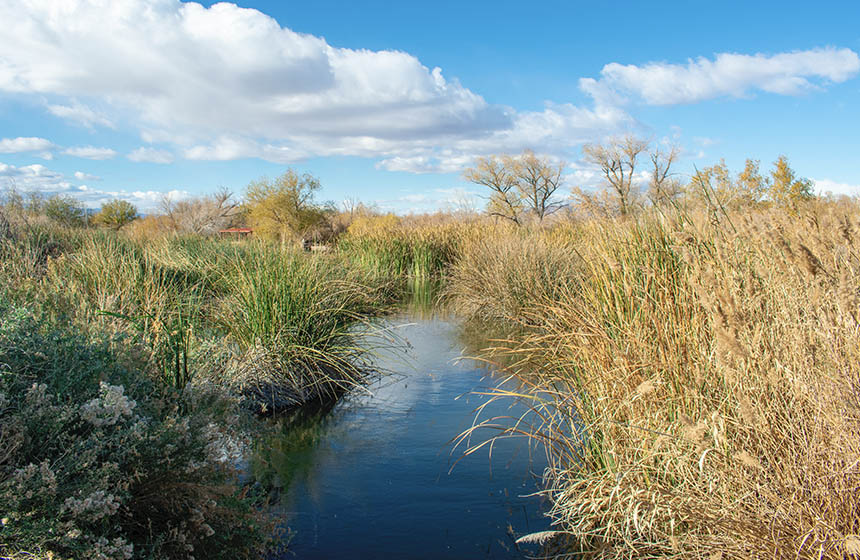
Wetland restoration in St. Aidan’s Nature Reserve
A converted opencast coal mine provides a buffer zone for flooding and habitats for diverse species.
- Created habitats
United Kingdom -

Restoration of wet grassland, reedbed, and fen in the Greylake Nature Reserve
Conversion of arable farmland to wet grassland, reedbed, and wet fen aims to restore biodiversity in the Greylake Nature Reserve and increase the area’s carbon storage potential and adaptive capacity in the face of flooding.
- Management
- Protection
- Restoration
United Kingdom -
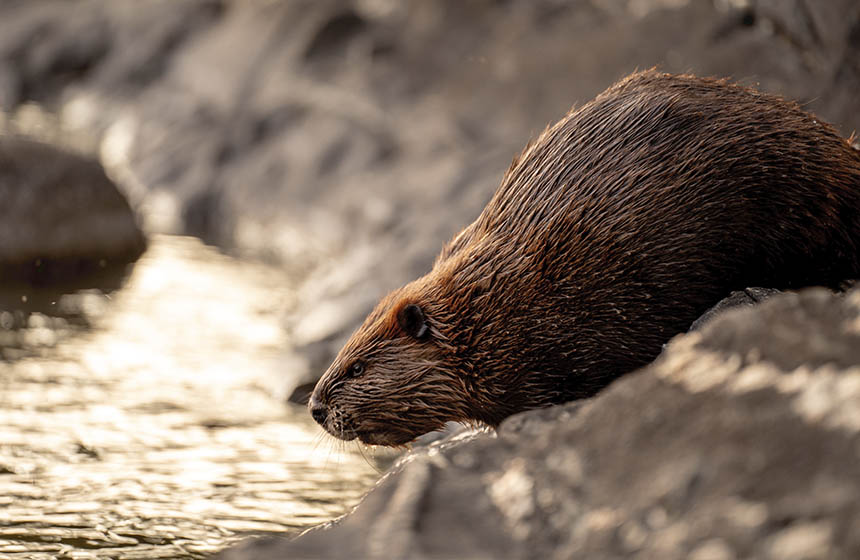
Beaver re-introduction on the River Otter in Devon
Through community-based trial and error, the UK’s first beaver (Castor fiber) reintroduction attempt aimed to restore healthier functioning of the River Otter ecosystem and reduce downstream flooding impacts on local communities. The experiment’s recent approved extension succeeded largely because of the involvement of local communities who have learned along the way how to adapt to any disruptions caused.
- Management
United Kingdom -

Restoration of lowland fen for flood management in Wicken Fen
Previously converted land at Wicken Fen in the United Kingdom, has been restored to lowland fen to reduce flood risk and recover the biodiversity that once characterised the area. A flood storage area has been created to further reduce damaging flood impacts.
- Management
- Protection
- Restoration
United Kingdom -
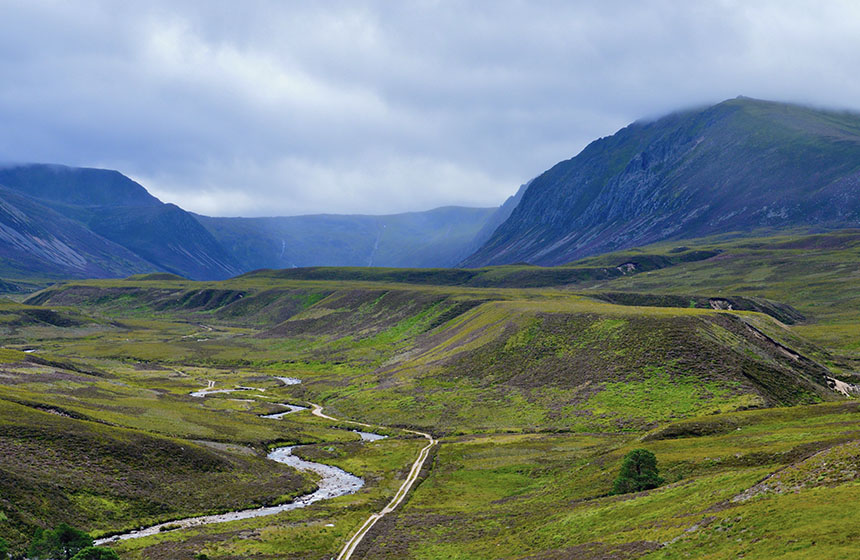
Cairngorms Connect – large-scale forest restoration
An ambitious project with a 200-year vision to manage 600 square kilometers of the Cairngorms National Park in Scotland for biodiversity whilst providing other benefits such as carbon storage and livelihoods for local people, it is the largest habitat restoration project in the UK.
- Management
- Protection
- Restoration
United Kingdom -
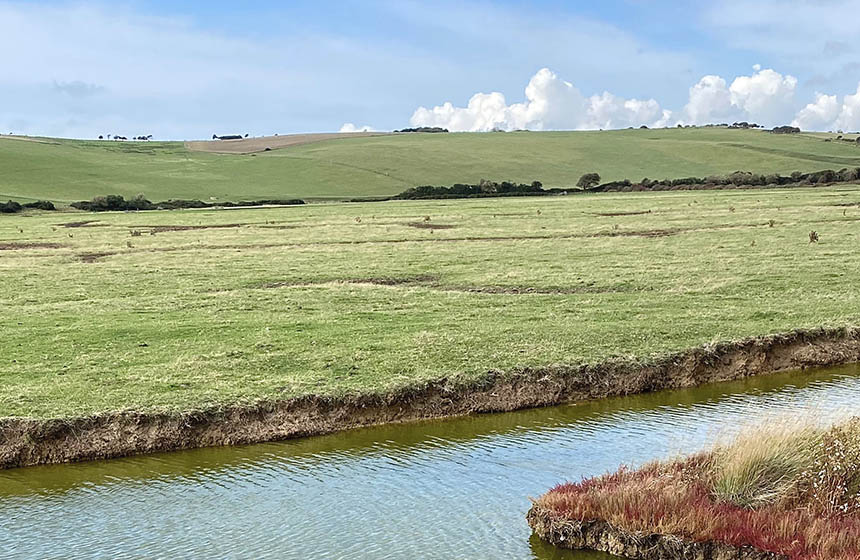
Curtailment of muddy floods in the Sompting catchment area
The conversion of agricultural land to grassland and other management changes resulted in a drastic reduction of muddy floods, soil erosion and runoff in the Sompting catchment area in the South Downs of the UK.
- Protection
- Restoration
United Kingdom -
Model NbS case
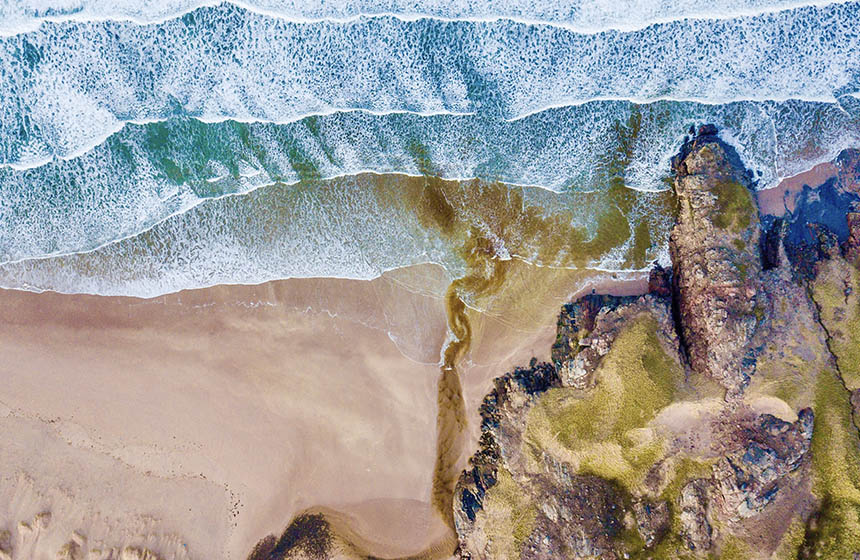
The Medmerry project for intertidal habitat restoration with managed coastal realignment
The largest managed realignment project in open coastal Europe has regenerated 184 hectares of intertidal habitat, restoring wildlife functioning and protecting communities from flooding and coastal erosion.
- Management
- Restoration
United Kingdom


